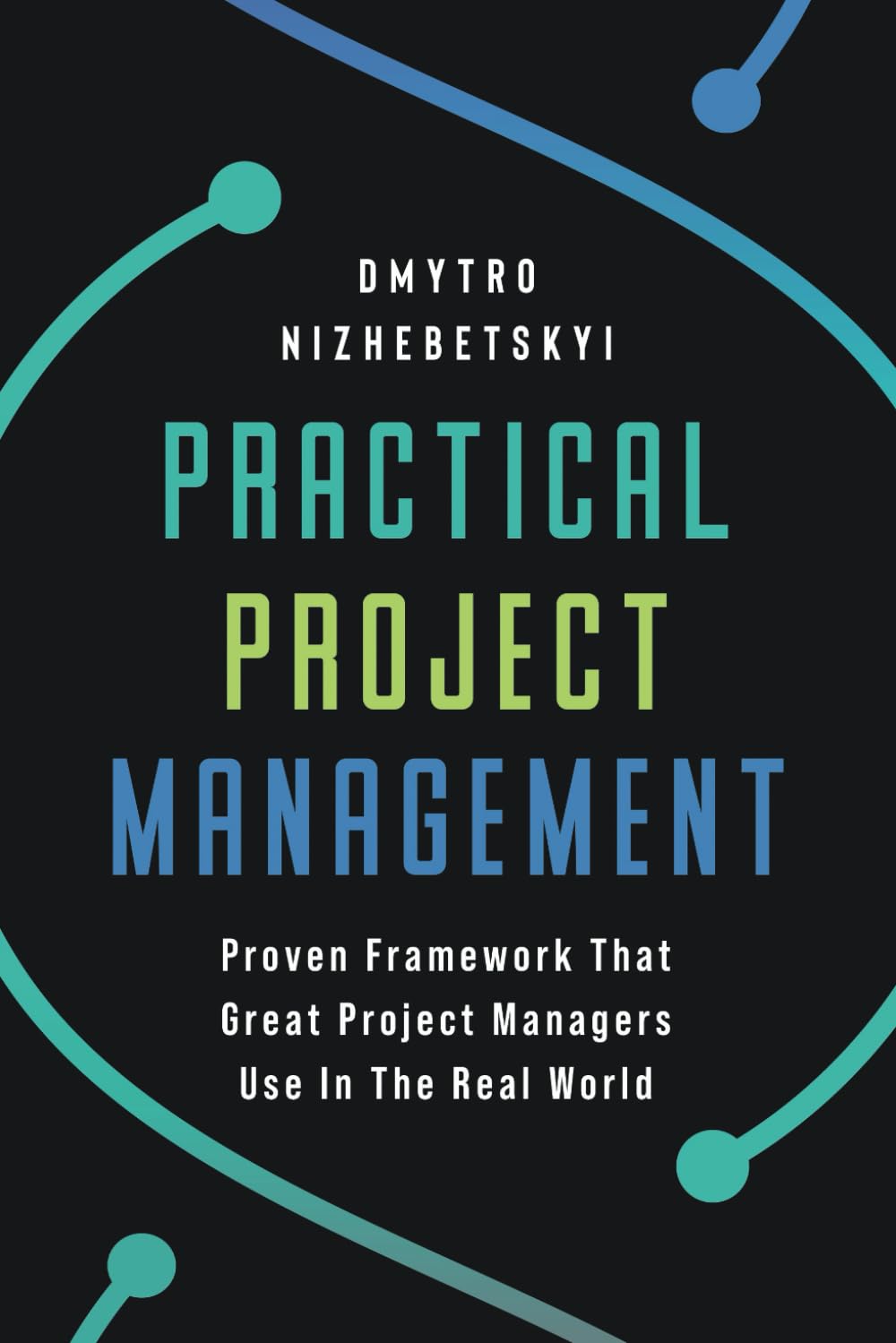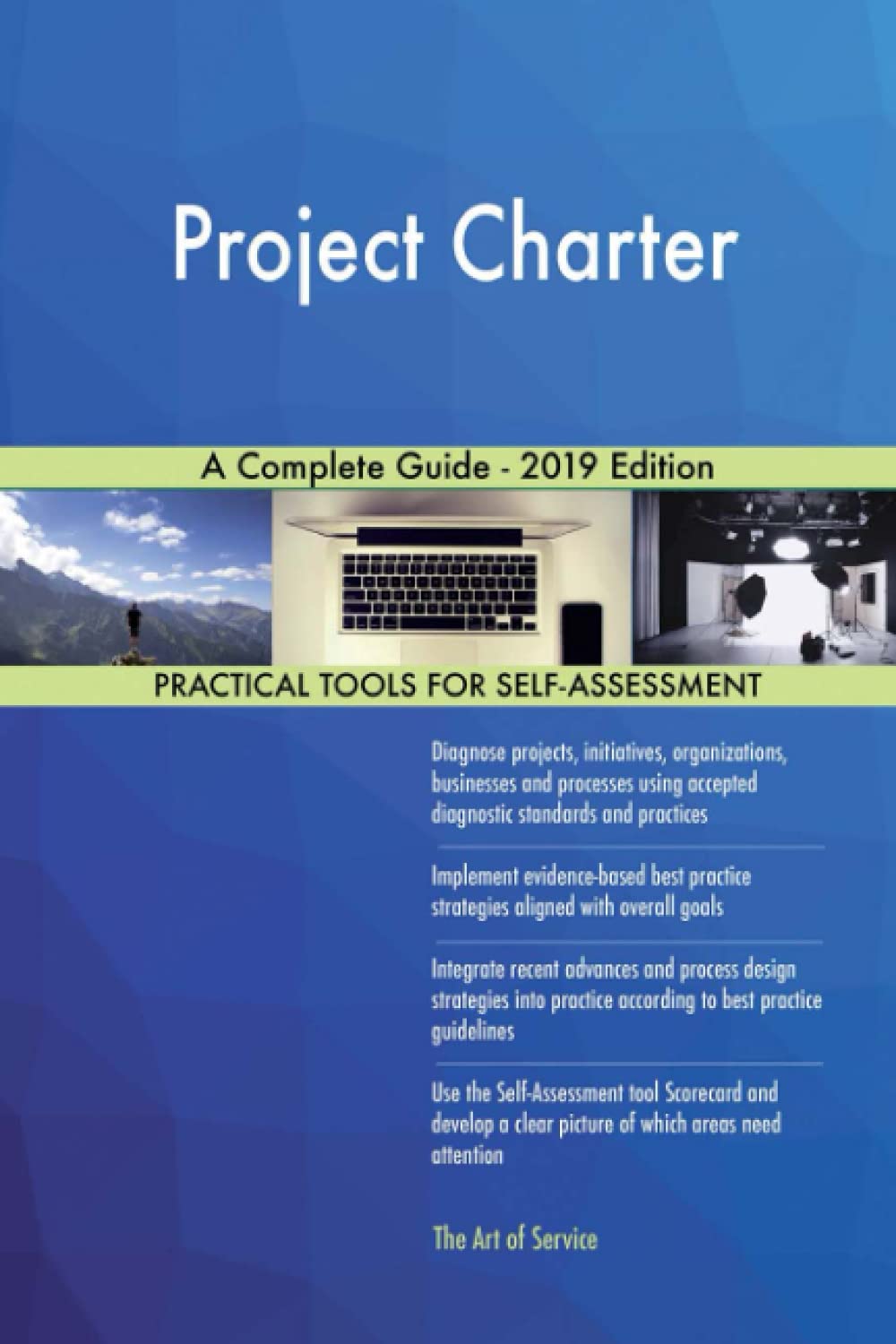
Project Brief
What is a Project Brief?
A project brief is a concise document that outlines the essential details of a project before work begins. It is a high-level overview communicating the project’s purpose, goals, scope, timeline, and key stakeholders. This document helps align all team members and stakeholders by providing a shared understanding of what the project aims to achieve and how it will be delivered. Typically created at the initiation phase, the project brief acts as a reference point for decision-making throughout the project lifecycle. It is beneficial for securing approvals and guiding early planning activities.
Key Points
- A project brief summarizes the what, why, who, when, and how of a project.
- It usually includes project objectives, expected deliverables, budget estimates, and risks.
- The document supports stakeholder engagement by clearly outlining roles and responsibilities.
- A project manager, sponsor, or lead often creates and shares it with team members and clients.
- Unlike detailed project plans, a project brief is short, typically one to three pages long.
Related Terms
- A project charter often builds upon the information in a brief to formally authorize the project.
- The scope statement expands on the brief by defining what is included and excluded from the project work.
- Stakeholder analysis lets teams identify who to list in the project brief and their interests.
- The project team may develop a work breakdown structure later to further detail the deliverables outlined in the brief.
- The project plan is created after the brief and provides a more detailed roadmap for execution.
Project Brief: Example
Imagine a local government plans to build a new community centre. The project brief would include the reason for the project (increased demand for public space), key objectives (construct a 10,000-square-foot facility), target timeline (12 months), budget estimate ($5 million), and key stakeholders (city council, architects, contractors, and residents). This document would guide discussions and decisions early, helping ensure everyone is aligned before planning begins.
Project Brief: Best Practices
- Keep the document clear, focused, and jargon-free to ensure it is accessible to all stakeholders.
- Review and revise the brief during the early project phases to reflect new information.
- Engage key stakeholders during the creation of the brief to gain early buy-in and surface concerns.
- Use consistent formatting and structure to make the brief easy to reference.
- Ensure that the brief aligns with organizational goals and strategic priorities.
Additional Resources
Preparing for a PMI certification?
- Exam Prep Courses: PMP®, CAPM®, and PMI-ACP®
- Exam Simulators: PMP®, CAPM®, PMI-ACP®, PMI-PBA®, PMI-RMP®, PMI-SP®, PgMP®, and PfMP®
- Professional Development Units (PDUs): 15, 30, and 60 PDU Bundles




